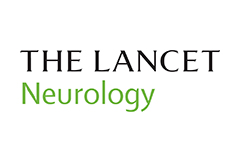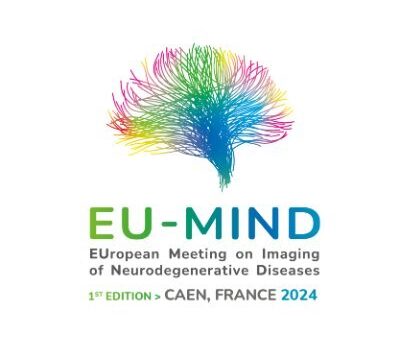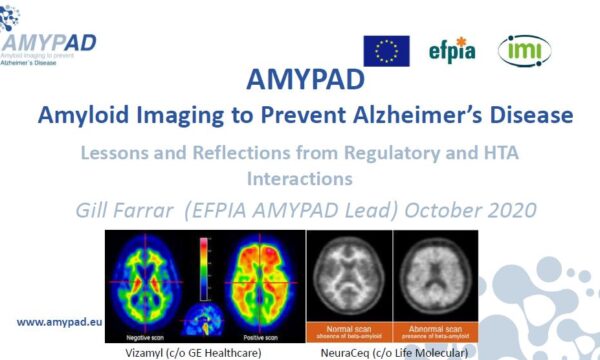What is your current role on AMYPAD?
I started my PhD within the EPAD study and subsequently joined the AMYPAD group to create a link between these two consortia. Currently, I’m a PhD student in Amsterdam mainly contributing to AMYPAD work package 5 (WP5) tasks. The primary goal of my research is to study brain alterations in the early stage of amyloid deposition, by using different MRI modalities. Specifically, I focus on studying brain connectivity on structural (T1W), functional (fMRI) and diffusion (DTI) MRI sequences, with a special interest in finding innovative analysis approaches to combine findings from different modalities to get a deeper understanding of early Alzheimer’s disease-related bran alterations.
What is your overall vision?
I believe that using multivariate and multimodal MRI-PET analysis will help us in advancing our understanding of the early pathological processes involved in Alzheimer’s disease (AD). Creating large multimodal datasets, as in the AMYPAD project, will give researchers the extraordinary opportunity of applying innovative and ground-breaking analysis, and revolutionise the AD research world.
On top of that, I believe that is important to ensure high quality of data by implementing standardised strategies for research data management.
What do you find most challenging about the project?
Data harmonization and curation is for sure one of the greatest challenge in AMYPAD and other multicentre studies. As part of WP5, I believe that we need to carefully evaluate processing and harmonisation strategies that will assure high quality standards for researchers accessing the data.



